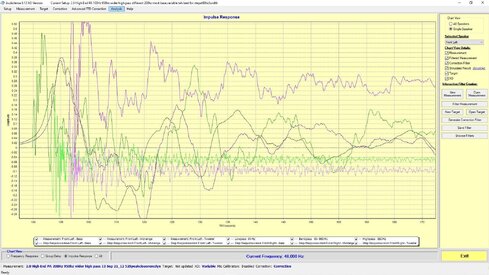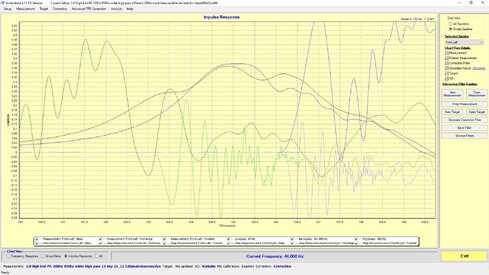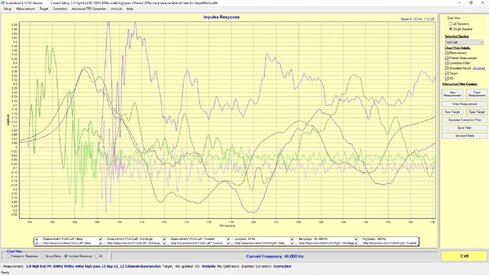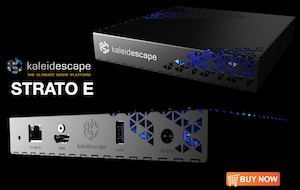Hello,
I am trying to interpret Step responses and even after reading Mitches book on Acourate that explains how to interpret a step response to figure out if the drivers are time aligned I am still struggling.
I can post this also on the REW forum but firstly want to know if there is an anomaly or if the step response is okay considering it has been corrected with Audiolense? This is a measurement with REW from the listening position with the DSP on.
?

I am trying to interpret Step responses and even after reading Mitches book on Acourate that explains how to interpret a step response to figure out if the drivers are time aligned I am still struggling.
I can post this also on the REW forum but firstly want to know if there is an anomaly or if the step response is okay considering it has been corrected with Audiolense? This is a measurement with REW from the listening position with the DSP on.
?


















